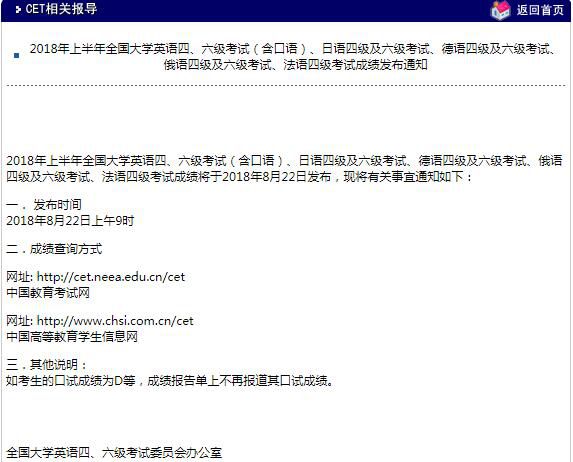GMAT考试RCOGWORD(八)
|
Passage 8 Prior to 1975, union efforts to organize public-sector clerical workers, most of whom are women, were some- what limited. The factors favoring unionization drives seem to have been either the presence of large numbers (5) of workers, as in New York City, to make it worth the effort, or the concentration of small numbers in one or two locations, such as a hospital, to make it relatively easy, Receptivity to unionization on the workers, part was also a consideration, but when there were large (10) numbers involved or the clerical workers were the only unorganized group in a jurisdiction, the multioccupa- tional unions would often try to organize them regard- less of the workers’ initial receptivity. The strategic reasoning was based, first, on the concern that politi- (15) cians and administrators might play off unionized against nonunionized workers, and, second, on the conviction that a fully unionized public work force meant power, both at the bargaining table and in the legislature. In localities where clerical workers were few (20) in number, were scattered in several workplaces, and expressed no interest in being organized, unions more often than not ignored them in the pre-1975 period. But since the mid-1970’s, a different strategy has emerged. In 1977, 34 percent of government clerical (25) workers were represented by a labor organization, compared with 46 percent of government professionals, 44 percent of government blue-collar workers, and 41 percent of government service workers, Since then, however, the biggest increases in public-sector unioniza- (30) tion have been among clerical workers. Between 1977 and 1980, the number of unionized government workers in blue-collar and service occupations increased only about 1.5 percent, while in the white-collar occupations the increase was 20 percent and among clerical workers (35) in particular, the increase was 22 percent. What accounts for this upsurge in unionization among clerical workers? First, more women have entered the work force in the past few years, and more of them plan to remain working until retirement age. Conse- (40) quently, they are probably more concerned than their predecessors were about job security and economic bene- fits. Also, the women’s movement has succeeded in legit- imizing the economic and political activism of women on their own behalf, thereby producing a more positive atti- (45) tude toward unions. The absence of any comparable increase in unionization among private-sector clerical workers, however, identifies the primary catalyst-the structural change in the multioccupational public-sector unions themselves. Over the past twenty years, the occu- (50) pational distribution in these unions has been steadily shifting from predominantly blue-collar to predomi- nantly white-collar. Because there are far more women in white-collar jobs, an increase in the proportion of female members has accompanied the occupational shift (55) and has altered union policy-making in favor of orga- nizing women and addressing women’s issues. 43. According to the passage, the public-sector workers who were most likely to belong to unions in 1977 were (A) professionals (B) managers (C) clerical workers (D) service workers(A) (E) blue-collar workers 44. The author cites union efforts to achieve a fully unionized work force (line 13-19) in order to account for why (A) politicians might try to oppose public-sector union organizing (B) public-sector unions have recently focused on organizing women (C) early organizing efforts often focused on areas where there were large numbers of workers (D) union efforts with regard to public-sector clerical workers increased dramatically after 1975(E) (E) unions sometimes tried to organize workers regardless of the workers’ initial interest in unionization 45. The author’s claim that, since the mid-1970’s, a new strategy has emerged in the unionization of public-sector clerical workers (line 23 ) would be strengthened if the author (A) described more fully the attitudes of clerical workers toward labor unions (B) compared the organizing strategies employed by private-sector unions with those of public-sector unions (C) explained why politicians and administrators sometimes oppose unionization of clerical workers (D) indicated that the number of unionized public-sector clerical workers was increasing even before the mid-1970’s(E) (E) showed that the factors that favored unionization drives among these workers prior to 1975 have decreased in importance 46. According to the passage, in the period prior to 1975, each of the following considerations helped determine whether a union would attempt to organize a certain group of clerical workers EXCEPT (A) the number of clerical workers in that group (B) the number of women among the clerical workers in that group (C) whether the clerical workers in that area were concentrated in one workplace or scattered over several workplaces (D) the degree to which the clerical workers in that group were interested in unionization(B) (E) whether all the other workers in the same jurisdiction as that group of clerical workers were unionized 47. The author states that which of the following is a consequence of the women’s movement of recent years? (A) An increase in the number of women entering the work force (B) A structural change in multioccupational public-sector unions (C) A more positive attitude on the part of women toward unions (D) An increase in the proportion of clerical workers that are women(C) (E) An increase in the number of women in administrative positions 48. The main concern of the passage is to (A) advocate particular strategies for future efforts to organize certain workers into labor unions (B) explain differences in the unionized proportions of various groups of public-sector workers (C) evaluate the effectiveness of certain kinds of labor unions that represent public-sector workers (D) analyzed and explain an increase in unionization among a certain category of workers(D) (E) describe and distinguish strategies appropriate to organizing different categories of workers |








